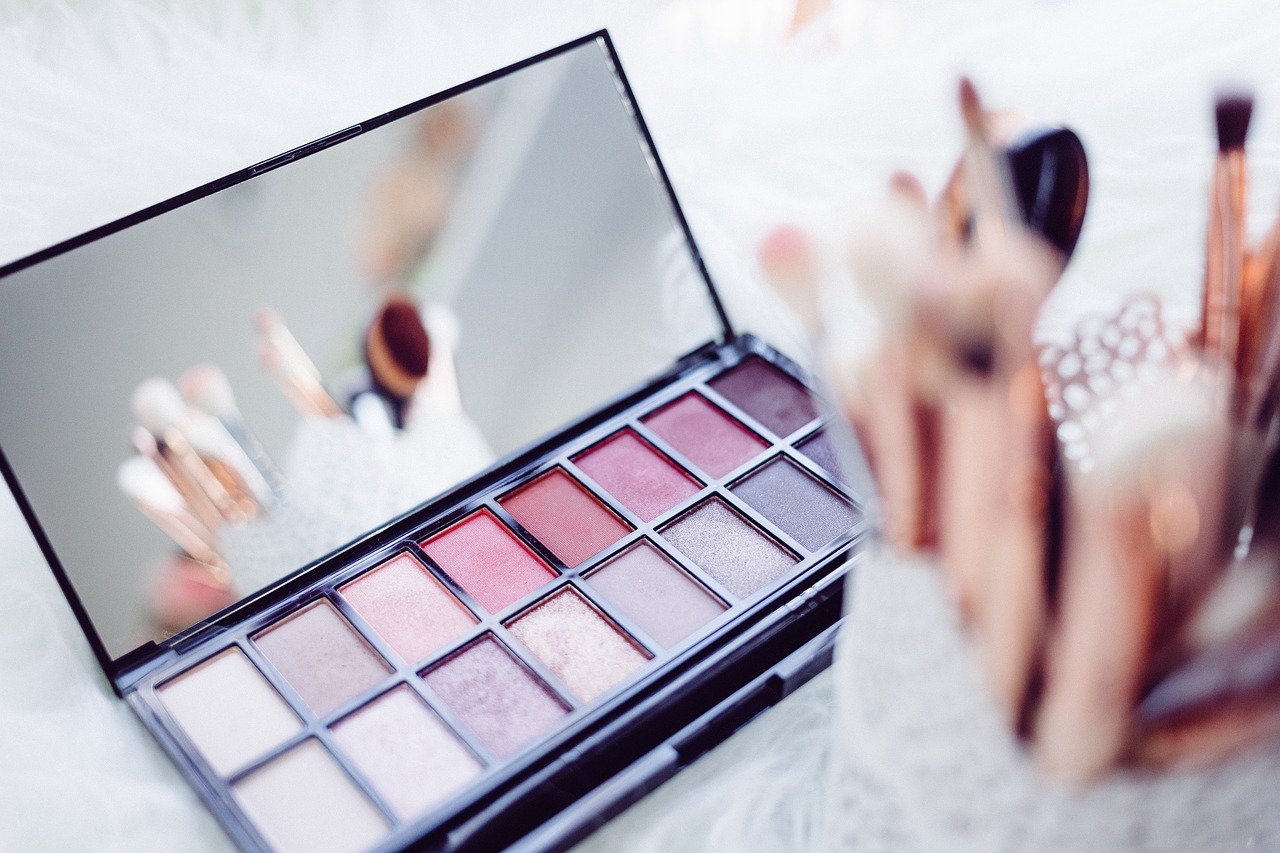The number of toxic chemicals that likely reside in your bathroom cabinets may come as a shock. The average woman in the U.S. uses twelve personal care products each day, containing nearly 168 different chemicals. Can you imagine how many of those are toxic makeup ingredients?
While the European Union (EU) has been more proactive in regulating the number of chemicals their consumers are exposed to in cosmetics, and has spent the past two decades banning or restricting more than 1,400 harmful ingredients used in personal care products, the US has only banned 30 to date, as it has been since 1938 that Congress last passed a major federal law to regulate tox makeup ingredients.
Until there is some control over the chemicals in personal care products, safety testing and regulation that protects the consumer, it’s important you read the label on every product you purchase.
Here are the Top Toxic Makeup Ingredients to Avoid:
Parabens
This is a chemical that you will find in deodorants, lotion, hair products, and cosmetics. Parabens actually mimic the action of the female hormone estrogen. Through these actions, parabens can drive the growth of human breast tumors. A study published in 2012 also found that parabens from antiperspirants and other cosmetics appear to increase your risk of breast cancer.
BHA and BHT
These chemicals are act as preservatives in makeup and moisturizers and some suspect that they are also endocrine disruptors.
Synthetic Colors
FD&C or D&C are the labels used to represent artificial colors. The letters are preceded by a color and number, such as D&C Red 27. The colors come from coal tar or petroleum sources and are under speculation as carcinogens. There is also a linked between artificial colors and ADHD in children.
“Fragrance”
This is a large category of toxic makeup ingredients that have protection with “proprietary information.” Meaning, manufacturers do not have to release the concoctions they use to produce the scents in fabric sheets, perfumes, shampoos, body washes, and anything else that has an ingredient called “fragrance.”
Triclosan
You’ll find this antibacterial ingredient in soaps and other products. Professionals link Triclosan to allergies, endocrine disruption, weight gain, and inflammatory responses. It may also aggravate the growth of liver and kidney tumors.
Formaldehyde-releasing Preservatives
While the United States has a ban on adding formaldehyde (as it is a known carcinogen), manufacturers will use other chemicals that act as preservatives and release formaldehyde. Instead, you will find chemicals such as Quaternium-15, Diazolidinyl Urea, Methenamine, and Hydantoin in a variety of cosmetics that slowly release formaldehyde as they age.
Sodium Lauryl Sulfate and Sodium Laureth Sulfate
These chemicals are surfactants and you can find them in more than 90 percent of cleaning products and personal care products. Their use is to make the product foam. They may irritate your eyes, skin and lungs and could interact with other chemicals to form nitrosamines, a known carcinogen.
Propylene Glycol
This use of small organic alcohol mainly as a skin conditioning agent. You’ll find it in products such as moisturizers, sunscreen, conditioners, shampoo, and even in hairspray. It is also in medications to help your body absorb the chemicals more quickly and to electronic cigarettes. It is a skin irritant, is toxic to your liver and kidneys, and may produce neurological symptoms.
Where to Find Non Toxic Makeup Ingredients
I personally use the brand BEAUTYCOUNTER for myself, my family and in my practice. It is a safer option for all your personal care and cosmetic needs. Fill out the online contact form, or call me directly at 727-239-9443 if you’d like to try some samples.

